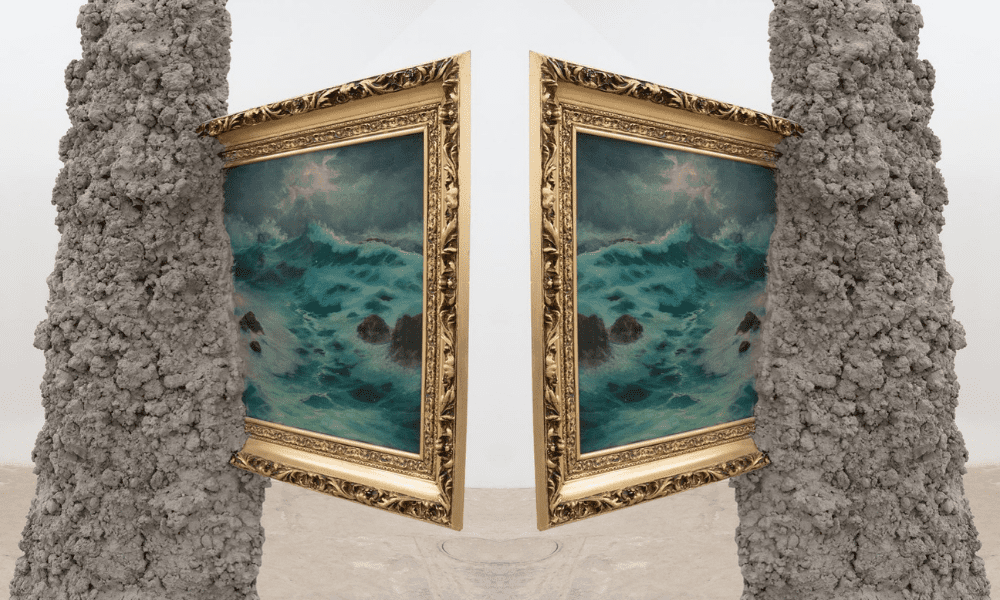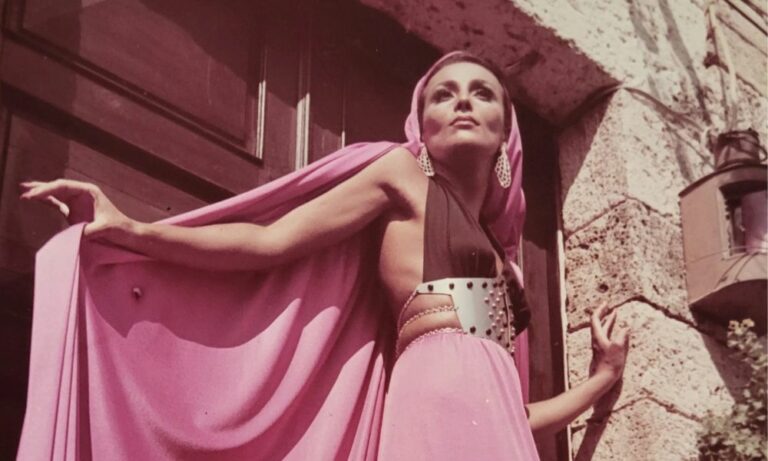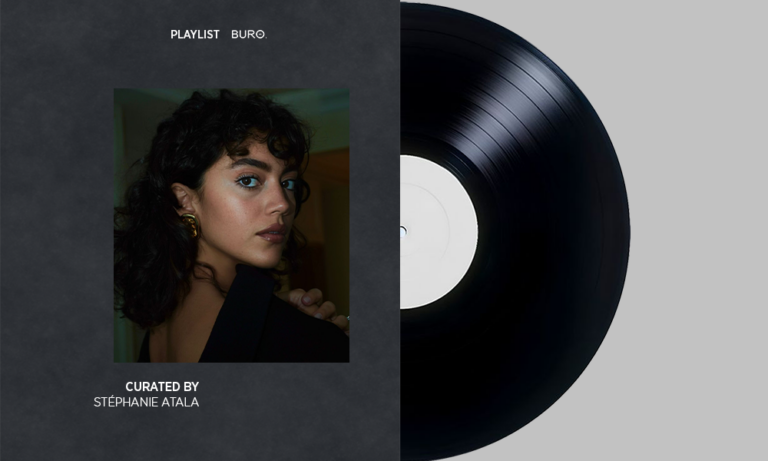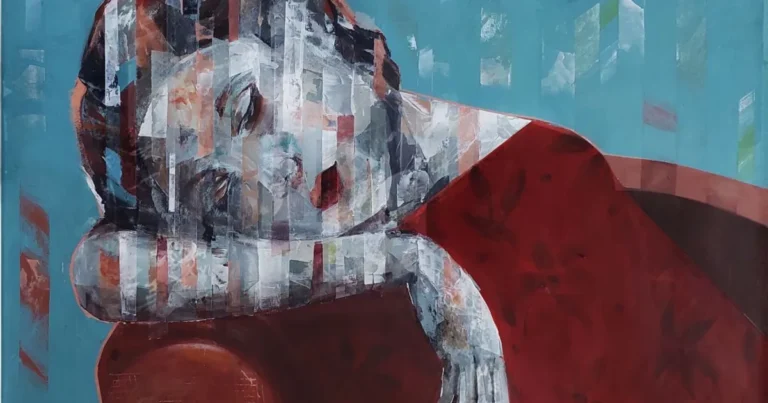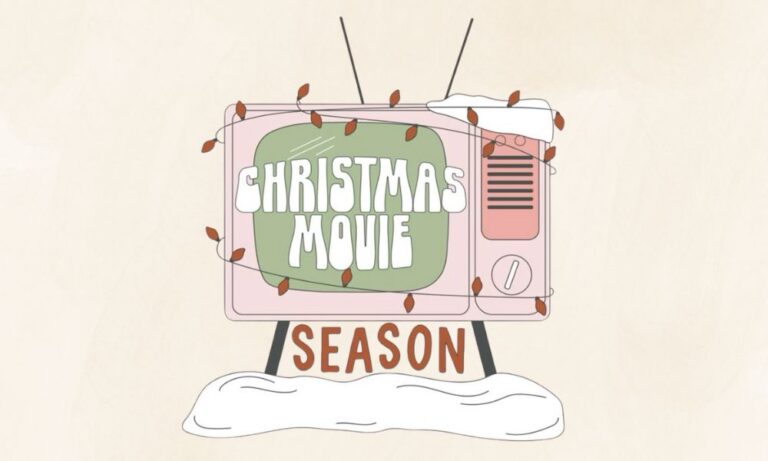You’re not truly ‘all caught up’ if you haven’t seen BURO.’s top five Instagram posts of the week! Truth is, our editors’ daily mission is to connect with ease, to share with expression and to experience with conviction. So get inspired, feed your imagination, soul and scroll!
1. She’s soft on the inside
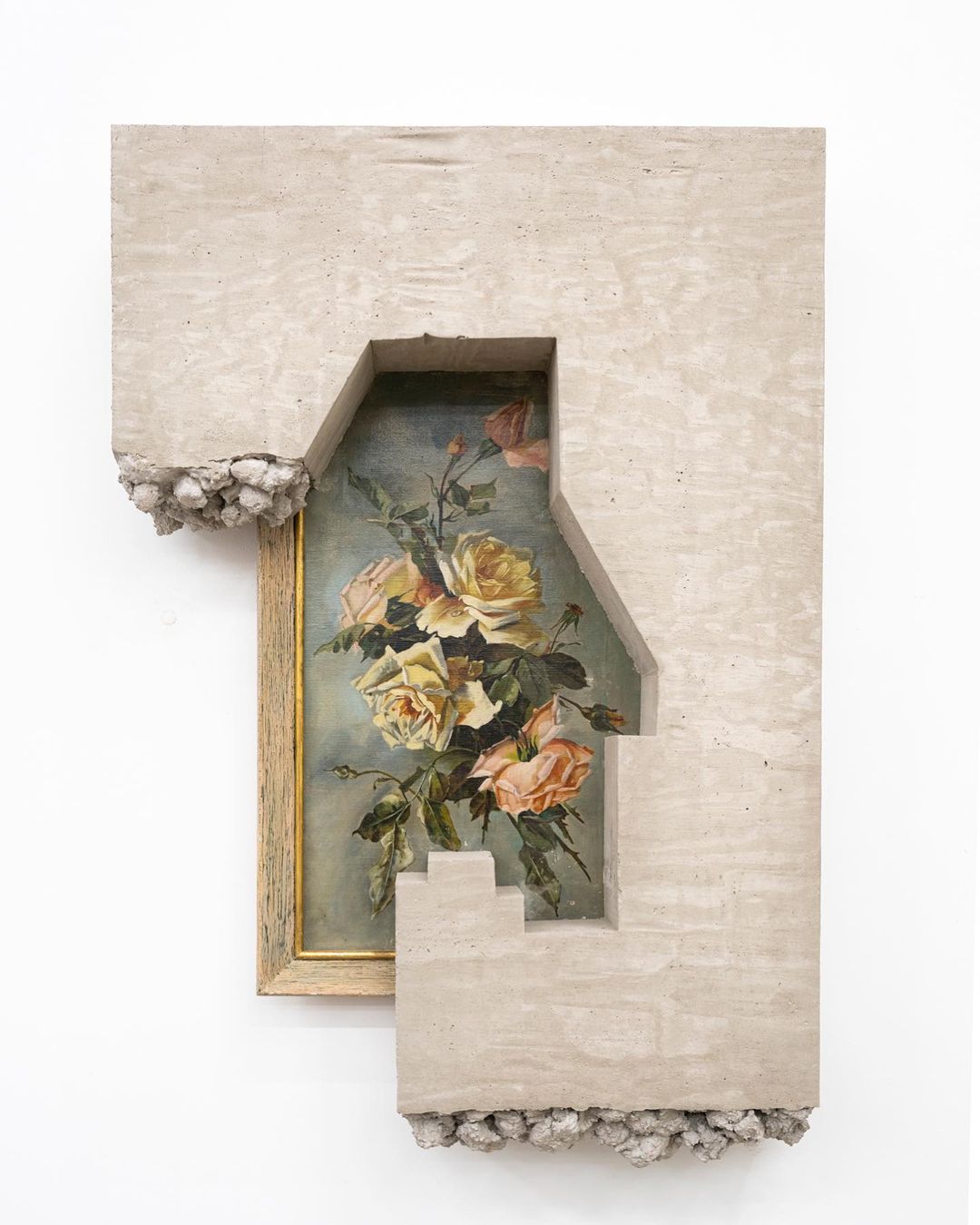
Meet Alejandro Almanza Pereda who searches out vintage objects in flea markets and thrift stores, Almanza Pereda integrates mundane materials into large-scale sculptures that challenge both the durability of the objects and his ability to create a stable structure.
2. Klimt’s The Kiss gone NFT
Home to the largest collection of Gustav Klimt’s paintings, The Belvedere Museum collaborated with Ellen Sheidlin on an NFT version of Klimt’s painting ‘The Kiss’ as a charity initiative development bringing rare art collectors focusing on rare diseases. 70% of the initial sales will be automatically donated to the charity supporting rare disease patients.
3. Melting pots
We’re forever fans of Dr. Azra and all that she does especially her latest collaboration with Les Benjamins. Born out of necessity, and a desire to explore design on her own terms, Azra Khamissa started AZRA in 2015. An evolving offering has maintained its core values of minimalism, quality-over-quantity, and keeping things very, very local. This is done by ensuring materials are ethically sourced, in partnership with regional suppliers — as much as possible — and perfecting each product in-house.
4. The Death of Liberty
He’s also known as Andrew ‘Andy’ Firth, Jack Of The Dust transforms death into life with his series of sculptures made from the depths of Australia’s Gold Coast. Bonsai gardens, cherry blossoms, beehives and painted joker faces decorate the skull facades, which the artist says are “based on a premium European grad PVC plastic human anatomy skull, moulded off a real human skull,” and “premium grade artistic variations of the human skull.” So no, the skulls are not real.
5. All stone things Chanel
Barbara Segal enjoyed an early childhood of suburban privilege–1950s style. But, in 1963, her life changed; her father had died. Memories of that lost childhood are preserved in powerful personal images that continue to resonate in Segal’s work today. (Series: Little Girls’ Dresses).
